Attending a presentation about the exhibit on February 27,2024, I loved the way the artists captured and made beautiful— people in their everyday activities and scenes from neighborhoods and streets
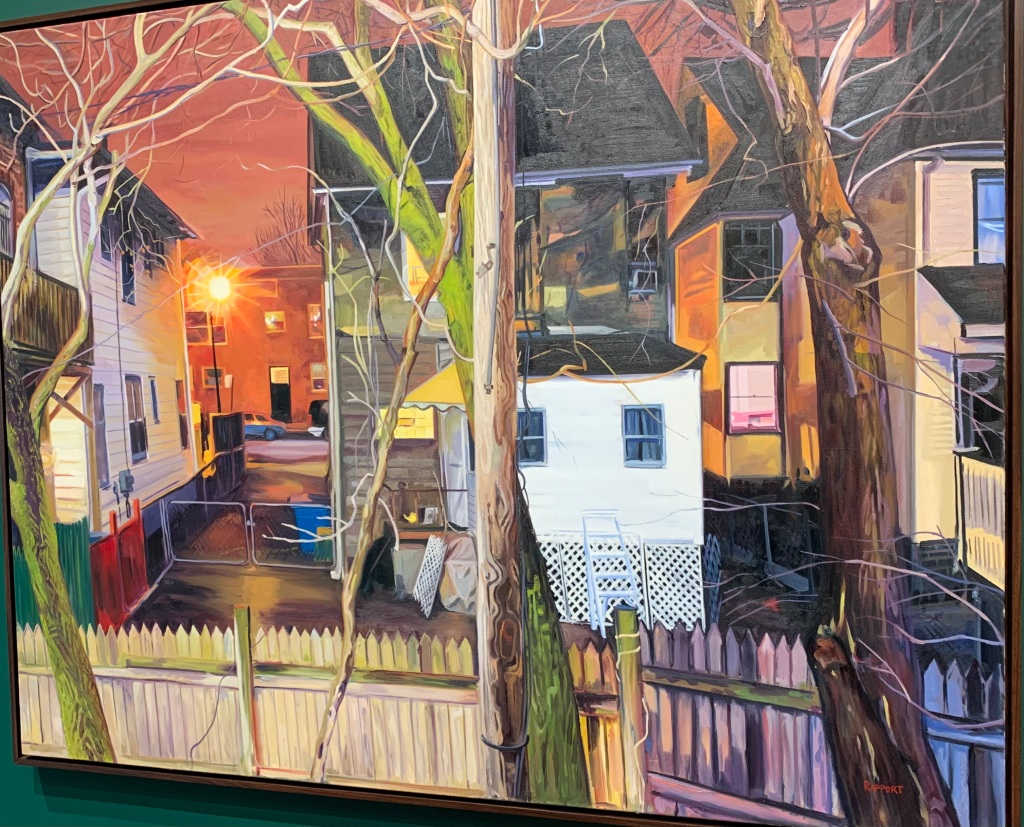





Florian Durzynski—creator of murals for the Chicago Public Schools for the Works Progress Administration
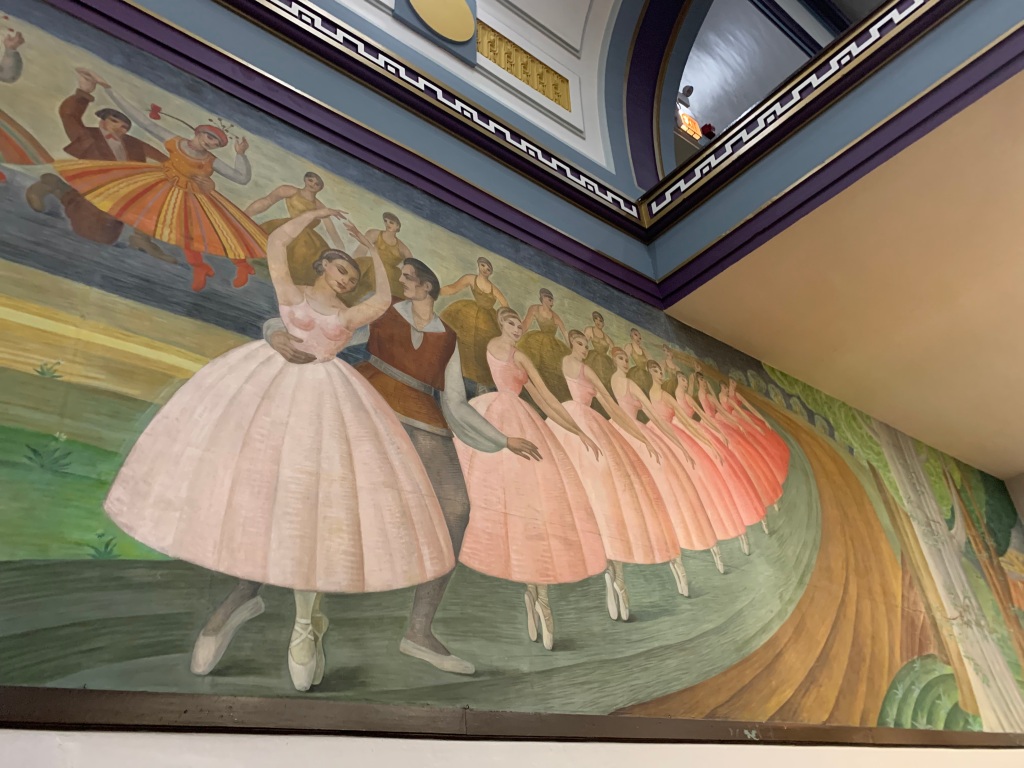
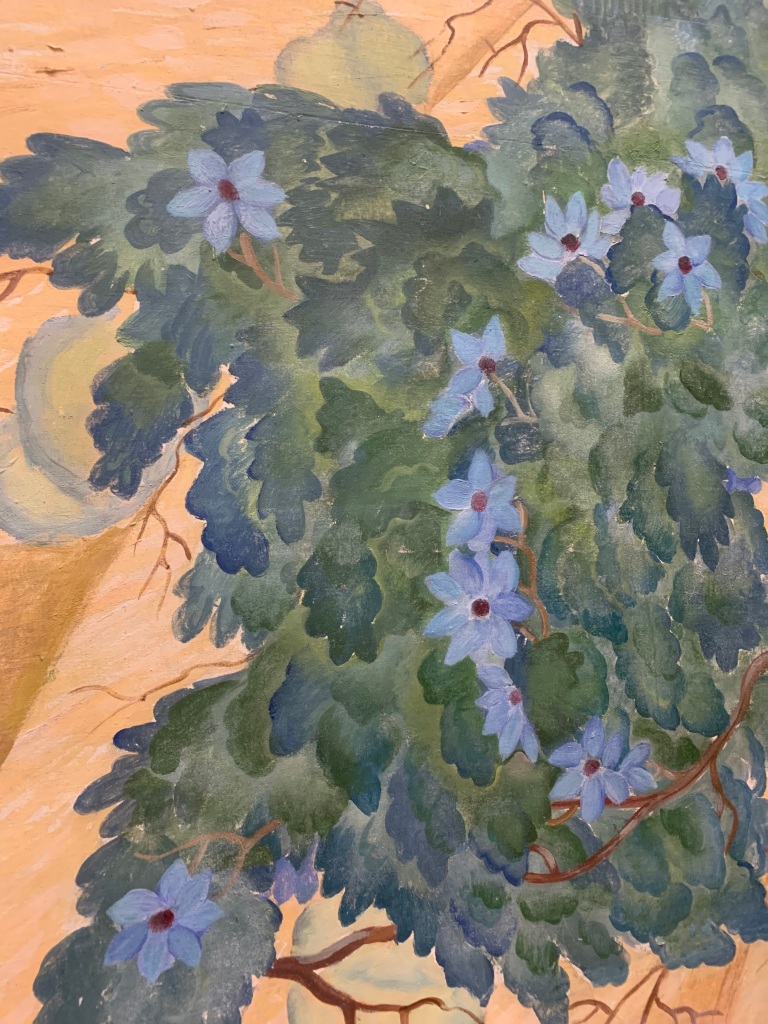




I am currently doing research about an artist who immigrated from Poland to Chicago in 1929. The book will delve into life in the Polish neighborhoods of Chicago as well as the challenges of this artist who found a sense of belonging in “Polonia” but had an impediment that made him keep questioning “Why? Why me?”

typical apartment building of North Side Polish neighborhood

My newly released book is based on the real-life story of Otti Berger, gifted Bauhaus student who took the art of weaving from a craft to an art but who, as a secret Jew, could not figure out how to deal with Hitler and the Nazis in 1920s and 30s Germany. The name of my book is Blame It On The Bauhaus?
Did you know that the Bauhaus was the first modern school of art and design and was probably the first building with glass and steel walls?
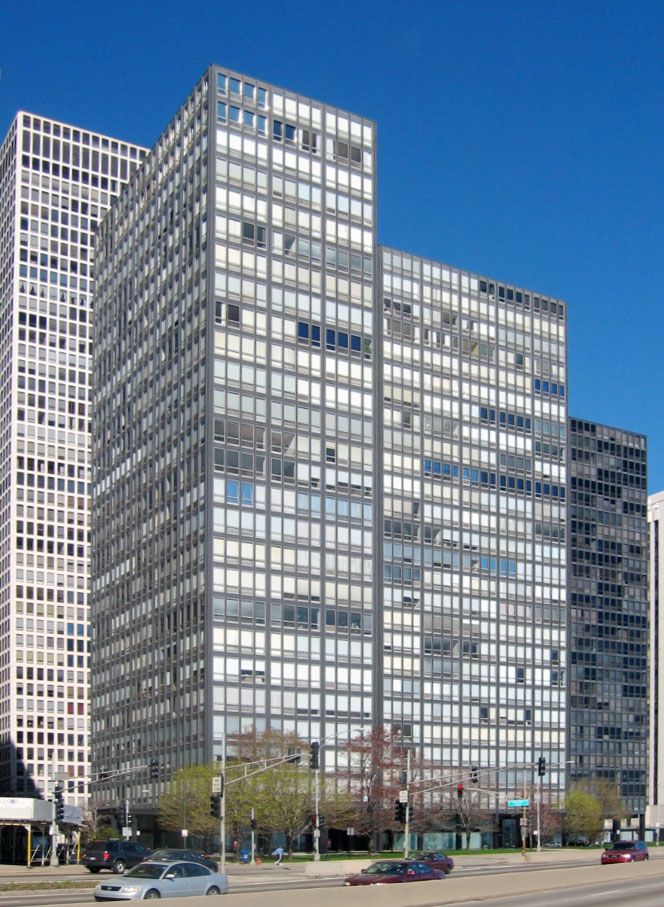

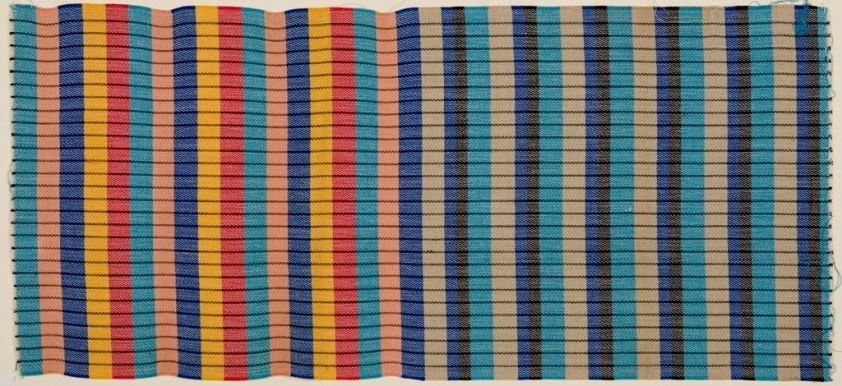
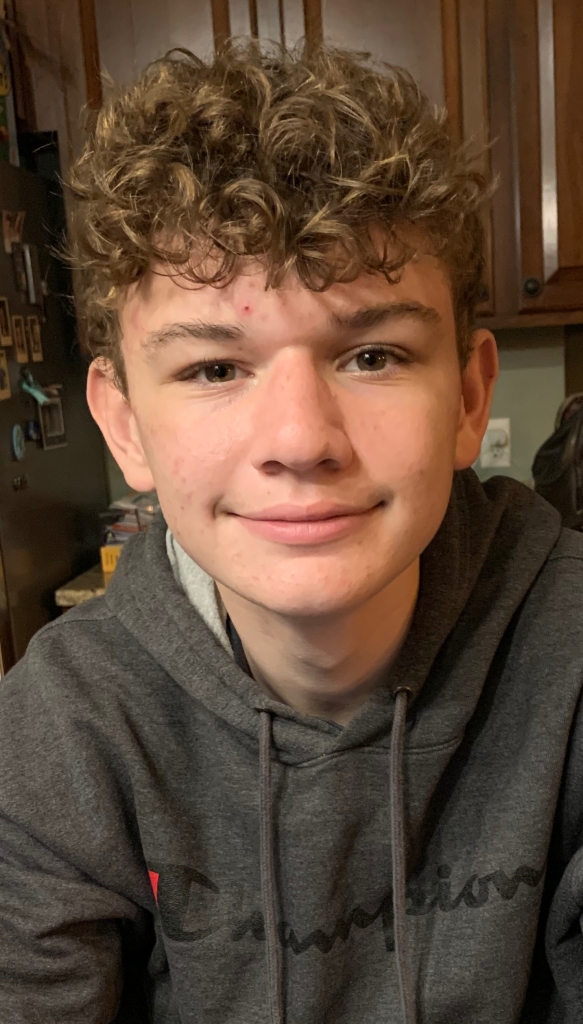
COMING OUT OF COVID (maybe)
I am beginning to take my PowerPoint and information on Augusta Savage back on the road. In March of 2022, I was asked to give a presentation to two English classes at a Chicago area high school. The kids were very responsive, and the teacher ordered some of the books for independent reading when the students said they really wanted to read Graven Images on their own.
Josephine Baker is being honored by the French today (November 30, 2021). She figured prominently in my last book, Graven Images. There will be a parade and a ceremony at the Pantheon. She was a great entertainer in the 1920s through the 1960s and was a spy for the French, enticing Nazi soldiers and then obtaining secrets from them.